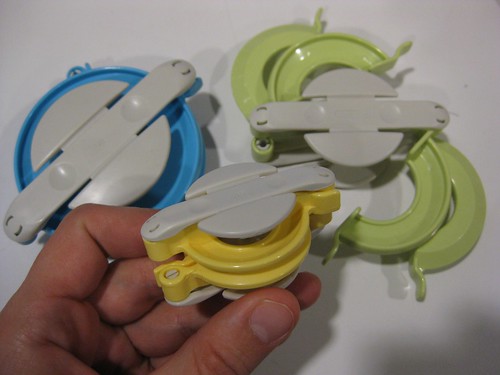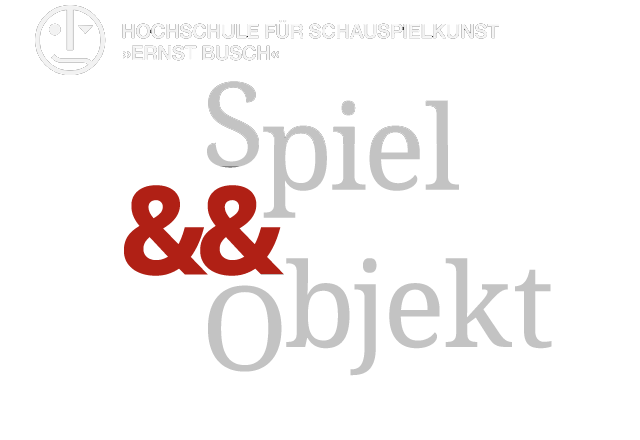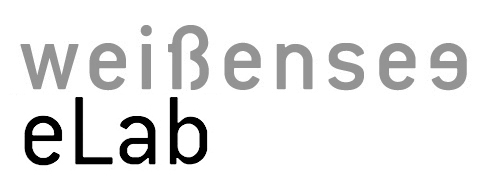Knit Breadboard Circuit

Plug and Wear makes and sells a knit perfboard. Alternate rows and knit with wire and a non-conductive synthetic yarn so that parts can be soldered to separate rows, similar to a traditional breadboard.
Pompom Tilt Sensor

This is a combination of conductive pompom and tilt sensor. The advantage is that the pompom has much bigger and softer surface than metal bead, which helps for it to touch the tilt detecting conductive fabric. Also it gives a certain look, that may be desired for some projects.
Pompom Maker

While pompom makers are convenient tools for making pompoms in all different sizes, you can also make your own tool from cardboard.
Felted Pompom Pressure Sensor

also see: conductive pompom, pompom tool Make pressure sensor ball by felting a pompom composed of wool and conductive steel fibers.
Fabric Ribbon Cable

Dan Riley (www.scisci.org) made a beautiful Fabric Ribbon cable. 8 separate lines of conductive threads are woven into the fabric. The end of the cable is connected to normal 16 pin plug as normal ribbon cable.
MAKING TEXTILE SENSORS FROM SCRATCH at LIWOLI

Location: LIWOLI 10, Kunstuniversitat Linz, Austria Time: 15th April, 2010, 11-17h







